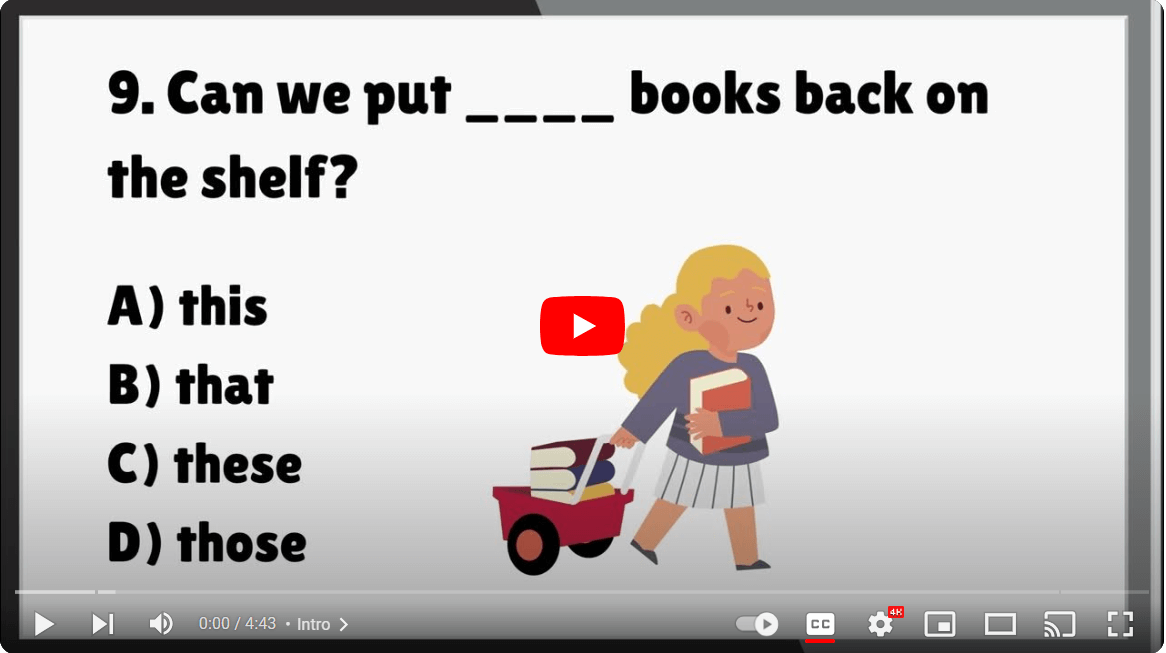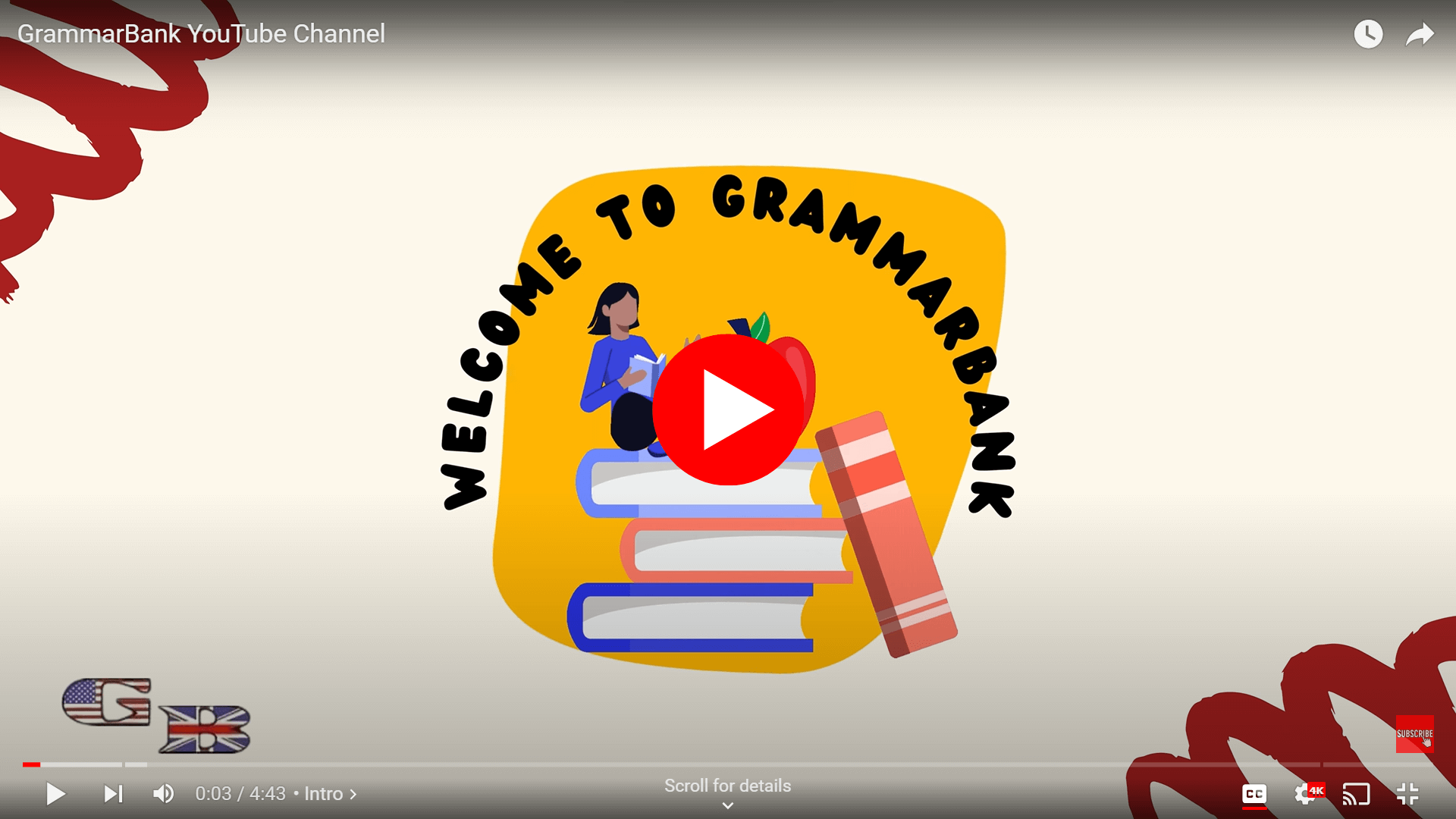Annotation Tips
Annotation is the systematic marking of a text. It allows you to absorb more information from reading and reviewing in less time. When properly used, annotation can make any book more understandable. It doesn't matter if it's about calculus or Shakespeare.
To properly annotate a book you need to have a plan. The last thing that you want to do is start highlighting everything on the page. After all, the point of marking your book is so that you can review a chapter without having to reread the whole thing.
To properly annotate a book you need to have a plan. The last thing that you want to do is start highlighting everything on the page. After all, the point of marking your book is so that you can review a chapter without having to reread the whole thing.
Annotation will make your book like an easy to read road map. It will tell you what the important attractions are and how to get there.
Getting Started
These are the tools you will need.
• Highlighting pens (three or more colors preferable)
• A pen
• Your active reading skills
Highlighting
• Highlight important passages, but remember to highlight as little as possible.
• Do not highlight a paragraph when a sentence will do.
• Do not highlight an entire sentence when a couple of words will do.
• You goal is to simplify the ideas of the text. This will help you to review at a glance.
• Try using different colored highlighters for different purposes. Try these ideas:
- Green for definitions
- Yellow for the paragraph's main idea
- Pink for possible exam questions
- Orange for equations (if it is a math or science)
Which color you use for which purpose doesn't matter. Just remember to be consistent.
Writing Questions or Notes
• Use your pen for writing questions. If you are reading your book and find that you are wondering what is going on, write yourself a question. Many times questions will be answered later in the book or your instructor can answer them. It is important that you write down your questions so that you can be sure that you get them answered.
• Before a quiz or test you can go back through your text and test yourself, especially if you went back and wrote down the answers to your questions.
• Use your pen for writing paragraph summaries. In the margins of the text write a note to yourself about the meaning of the paragraph. The note will be short and in your own words. This will allow you quick comprehension during a review session.
Using Symbols
You can use your pen to jot down symbols in your text. Symbols are used instead of words or phrases because they can be recognized at a glance and take up a lot less space. Keep in mind that these are only examples. Effective annotation marks are unique to the user. Markings will also vary depending on the type of text.
O for noting the author's opinion
B for noting the author's bias
T for noting the author's tone
RR for noting a passage to reread later
1, 2, 3,... for noting a series of connected ideas and their logical progression
C and E for noting a cause and effect relationship
"..." for marking a useful quotation
The most important thing to remember about annotation is that it gets its meaning from you. The more thought you put into your annotation, the clearer your readings will become to you. Choose your owns style; pick colors and symbols that mean something to you. When you have applied these techniques to any of your readings, you will learn more information faster. Just remember to keep it simple.





Comments